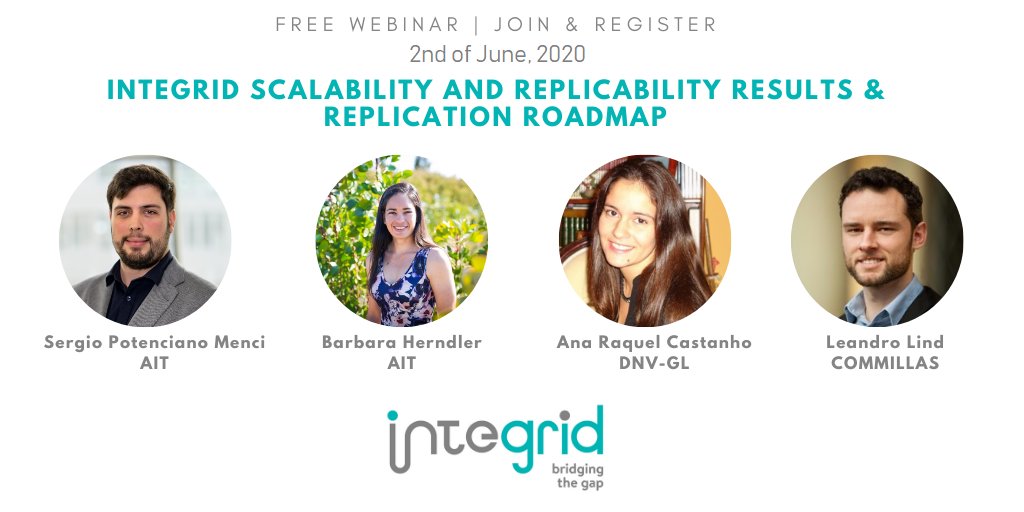Due to the increased penetration of renewable energy sources (RES), numerous DSOs are experiencing challenges such as network violations, reverse power flow and increased network instability. Various smart grid tools and functions have been developed in order to support the integration of these flexibilities for the planning and operations of electrical networks. The change in the energy paradigm also paves the way to the emergence of new actors (such as aggregators) and new behaviors (such as the active participation of prosumers or industrial customers), offering DSO plausible alternatives to costly network reinforcements when combined with proper operational tools. The pooling of the flexibility of loads or generators located in the distribution network through Virtual Power Plants (VPP) can also contribute significantly to the provision of new balancing services for Transmission System Operators (TSO) and Balancing Responsible Parties (BRP) which create a necessity for the DSO to validate and coordinate such operations. This enables the DSOs to become market facilitators. Advanced forecasting algorithms, such as predictive maintenance, traffic light systems (TLS) and load/RES forecasts, are receiving increased attention such that they can be integrated in real conditions by network operators. The smart grid functions developed and demonstrated in the InteGrid project falls within the scope of the two main use cases: Operational planning of medium-voltage (MV) distribution networks and Distributed monitoring and control of low-voltage (LV) networks.
Based on the implementation of these smart grid functions within the pilot projects located at three demo sites in Slovenia, Portugal and Sweden, the following key questions remains:
- How will these functions perform during network conditions when there is an increase in RES within the network or when applied to different networks?
- What will happen if in the future the quantity of RES is scaled-up significantly or if the solution is deployed in another network area with a high penetration of RES?
- Is the performance of the smart tool affected by large scale-up implementation?
- Is the telecommunication network infrastructure able to support the increase of renewables and still performs correctly?
- What are the associated costs and their impact in future scenarios in such solutions?
- Is the current regulation mature enough to enable new concepts and attract new business models, or does the regulation need to change drastically?
To answer these questions, it is fundamental for network operators and technology providers to assess the functional behavior of the tools before they are deployed at large scale within their networks. Therefore, it is necessary to perform a scalability and replicability analysis (SRA) which aims to analyse the impact of future scenarios applied to current networks by identifying potential drivers, barriers and constraints of such deployment. Therefore, the SRA aims to bridge the gap between the demonstration of a technical or business use case in a pilot project and a prior large-scale roll-out by network operators, independent aggregators or retailers, to ensure a correct performance.
Join and register free here
More info on INTEGRID project here.
